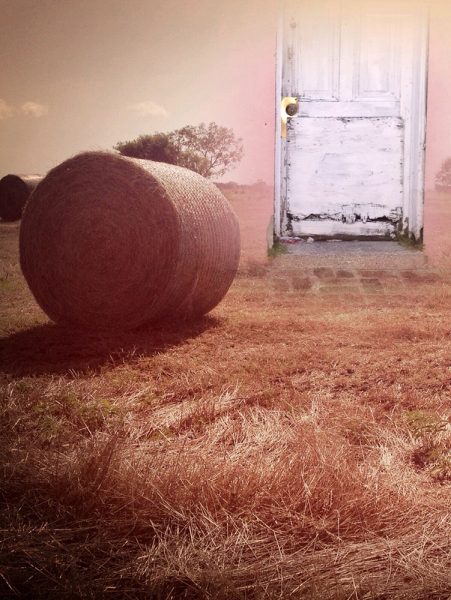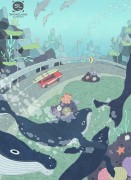My favorite part of this story is the perspective from which it’s told: the fascinating empathy and voyeurism from a voice that reveals so little while still hitting a universal note. Did this story form around the character of the woman from the House of Mirrors or the narrator from the House of Hearts? Or did you conceive of them together?
The story started with the woman in the House of Mirrors. I think every story should have a central image, one that immediately comes to mind when recalling it: Ted Lavender falling dead in “The Things They Carried,” or Montressor walling in Fortunado in “The Cask of Amontillado.” I had an image of this house full of mirrors, and began to wonder what it would be like to work there. The narrator from the House of Hearts only came in to the story because it didn’t seem the woman would ever talk about where she works, since she can’t even look at herself. Every story creates its own rules, and in this world it seemed only someone who works with hearts could tell her story.
The genre of flash fiction often encourages fast, snappy stories that waste little time on reflection, but the more I write and read flash, the more I favor stories like “House of Mirrors,” which exude a sense of calmness that grows into a slow revelation. Do you tend to write flash fiction slowly, over the course of weeks or months, or does it go from beginning stages to finished product much faster than this story’s style might imply?
I wrote the first draft of this story in twenty minutes, then worked on it for a week. Most of my flash fiction, and flash essays, tend to come out that way: I get the general idea down quickly, then hone it over time. In this case, the story needed that time, because even though it’s very short, it doesn’t happen all at once—it’s not a punchline, as you point out. It’s more reflective. And even though it’s very short, that first draft was much shorter. I kept adding small details—the woman’s daughters, the narrator who speaks only to himself and the hearts of those who’ve gone. The key to good flash is to create a big world in a small amount of space, and I wanted the space of this story to keep expanding.
A lot of childhood fears and fascinations end up finding their way into my fiction. Were you frightened or fascinated by funhouse, carnival, and “house of horrors” stuff as a kid?
I was more influenced by old horror movies. My brother liked Dracula and werewolf movies, and I liked Vincent Price, especially his Poe adaptations. An uncle gave me a copy of Poe’s collected works when I was 11 or 12, and that may have had something to do with it as well. I’ve always liked haunted houses. (I won’t swear that I wasn’t thinking of American Horror Story Season 4 when I came up with the idea for the House of Hearts.) So I’d say this is a literary/modern adaptation of a haunted house, one in which the characters are forced to constantly confront themselves.
What’s the best place to work in the carnival world of this story? What’s the worst?
I love this question. I know a lot of writers—Stephen King comes to mind—like to make references in stories to other stories of theirs, and sometimes I do that too. A few years ago I wrote a story titled “The Library.” That would be the best place to work, since the library in the story constantly changes and occasionally the books come to life (although it’s also haunted, so maybe not).
The worst place to work would be the Lightning Factory, from a story I just finished, and in which the House of Hearts and House of Mirrors make a very brief appearance. My stories more and more lean toward the speculative or the weird—I’ve written a story about a man with tiny chainsaws for fingers, a story in which hell freezes over, and a story that reads like the old Choose Your Own Adventure books—so “House of Mirrors” is nothing new in that regard. As I said, I grew up reading Poe, and then King, before moving on to the canon and the things we’re “supposed” to read, but I still slide back toward the weirdness in my writing quite often. It’s much more fun over there.



 The core workshop of SmokeLong Fitness is all in writing, so you can take part from anywhere at anytime. We are excited about creating a supportive, consistent and structured environment for flash writers to work on their craft in a community. We are thrilled and proud to say that our workshop participants have won, placed, or been listed in every major flash competition. Community works.
The core workshop of SmokeLong Fitness is all in writing, so you can take part from anywhere at anytime. We are excited about creating a supportive, consistent and structured environment for flash writers to work on their craft in a community. We are thrilled and proud to say that our workshop participants have won, placed, or been listed in every major flash competition. Community works.